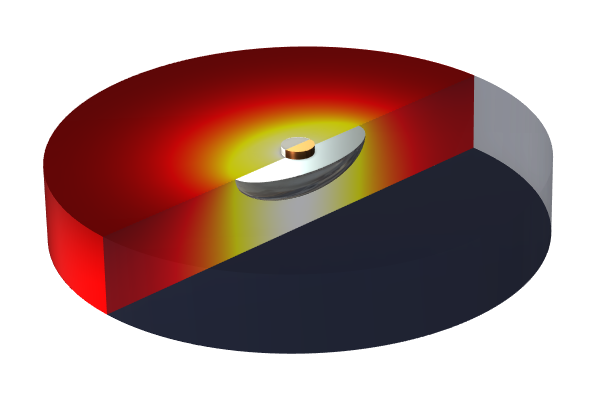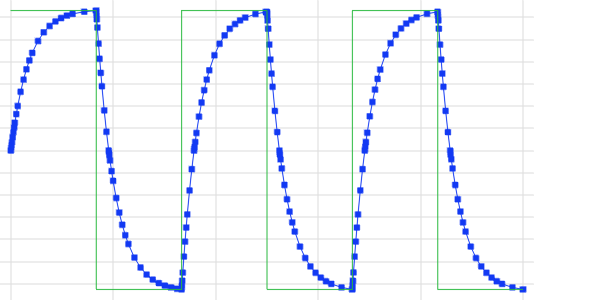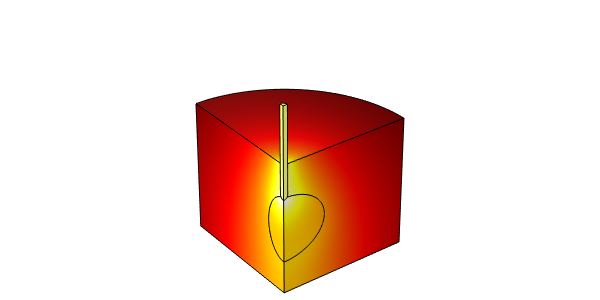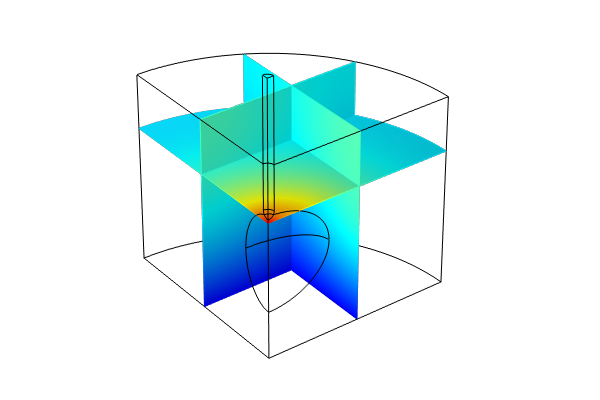Fundamentals of Modeling Electrostatics with a BEM–FEM Approach
In Part 5 of this 10-part introduction to modeling resistive and capacitive devices, we follow up on Part 4 and finish a few points regarding modeling with the boundary element method (BEM). We start with a 2D model of two capacitor plates in which we increase the distance between the plates. We use this model to compare the use of the finite element method (FEM) to the boundary element method. We then discuss how we can quantify the computational cost of FEM versus BEM in terms of the degrees of freedom (DOF). Then we introduce the use of a hybrid FEM–BEM approach and discuss the advantages of using such an approach.
We continue the lecture using a different model that was built in a previous part of the course, and demonstrate combining it with the BEM to model all of space and include objects in the surrounding space. Lastly, we finish with an introduction to optimization and show you three different ways to optimize a capacitor to give us a particular value for the capacitance:
- By adding an Optimization feature under the Study node, updating the settings for this feature, and defining an expression for the objective function that minimizes the difference between the capacitance of the device and capacitance value we are looking for.
- Using Moving Mesh features by adding a Deforming Domain node and Prescribed Mesh Displacement node, along with the General Optimization interface.
- Using a Global Equations node and setting up a study contining multiple Stationary study steps.
Envoyer des commentaires sur cette page ou contacter le support ici.











